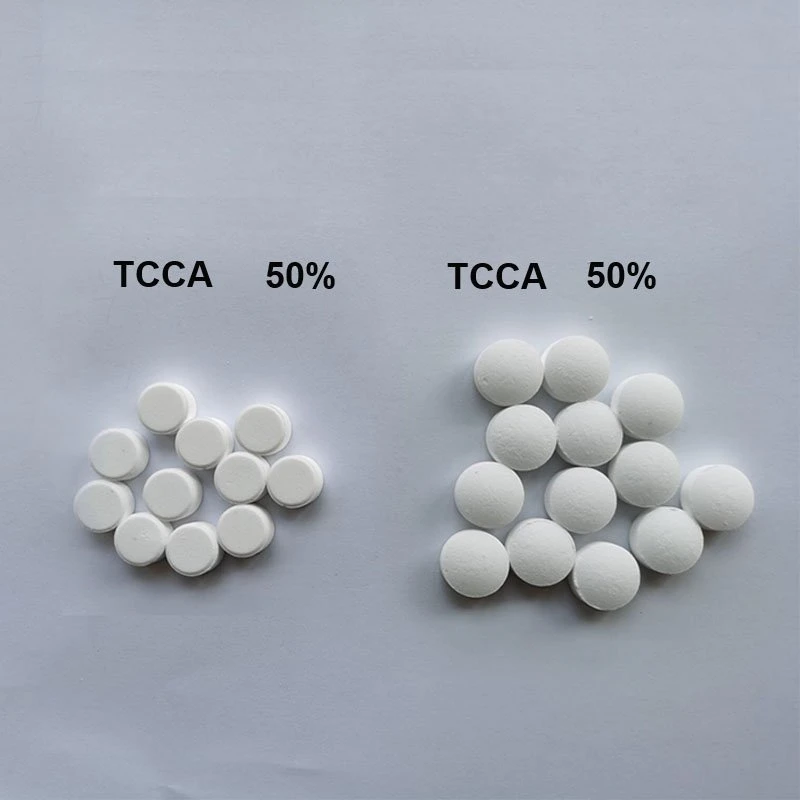



Safety Data Sheet for 50 Percent Sodium Hydroxide Solution Handling and Storage Guidelines
Safety Data Sheet (SDS) for 50% Sodium Hydroxide
Introduction
Sodium hydroxide, commonly known as caustic soda or lye, is a highly alkaline compound used in various industrial and laboratory applications. A 50% sodium hydroxide solution is a concentrated form that presents significant hazards. Understanding the properties, hazards, handling, and emergency measures associated with this chemical is critical for ensuring safety in any setting where it is used.
Chemical Identification
- Product Name Sodium Hydroxide Solution - Chemical Formula NaOH - CAS Number 1310-73-2 - Concentration 50% by weight
Physical and Chemical Properties
- Appearance Clear, colorless liquid - Odor Odorless - pH Highly alkaline (pH > 12) - Boiling Point Approximately 100°C (212°F) - Melting Point N/A (melting point of solid sodium hydroxide is 318°C or 604°F) - Solubility Highly soluble in water, releasing heat in the process (exothermic reaction).
Hazards Identification
50% sodium hydroxide is classified as a corrosive substance that can cause severe chemical burns
. Key hazards include- Health Hazards - Skin contact can result in severe burns and tissue damage. - Eye contact may cause permanent damage, including blindness. - Inhalation of vapors or aerosols can harm respiratory systems, causing irritation and potential chemical burns to the throat and lungs. - Ingestion can result in severe burns of the mouth, throat, and gastrointestinal tract, potentially leading to life-threatening conditions.
- Environmental Hazards - Can cause significant harm to aquatic environments. It alters the pH of water bodies, affecting aquatic life.
First Aid Measures
In case of exposure, immediate action is critical
50 sodium hydroxide sds

- Inhalation Remove the affected person to fresh air. Seek medical attention if symptoms persist. - Skin Contact Remove contaminated clothing and flush the area with copious amounts of water for at least 15 minutes. Seek medical evaluation and treatment. - Eye Contact Rinse eyes with water for at least 15 minutes, keeping eyelids open. Seek immediate medical attention. - Ingestion Do not induce vomiting. Rinse the mouth with water and seek immediate medical attention.
Handling and Storage
- Workplace Controls Use adequate ventilation and respiratory protection. Implement engineering controls such as fume hoods if necessary. Train employees on safe handling procedures.
- Personal Protective Equipment (PPE) - Gloves Wear gloves resistant to chemical penetration (e.g., rubber, neoprene). - Eye Protection Use safety goggles or face shields to protect eyes from splashes. - Clothing Wear suitable protective clothing to prevent skin contact.
- Storage Store in a cool, dry, well-ventilated area, away from incompatible substances (acids, organic materials). Containers should be tightly sealed when not in use and clearly labeled.
Accidental Release Measures
In case of a spill or leak
1. Evacuate non-essential personnel from the affected area. 2. Wear appropriate PPE. 3. Contain the spill using inert materials (e.g., sand or earth). 4. Neutralize with a dilute acid (e.g., vinegar) if safe. Avoid water unless contained due to exothermic reaction risks. 5. Dispose of waste according to local regulations.
Regulatory Information
Sodium hydroxide is governed by various regulations globally, including OSHA (Occupational Safety and Health Administration) standards in the United States, which require maintaining appropriate safety protocols when handling hazardous substances.
Conclusion
50% sodium hydroxide is a vital industrial chemical with significant hazards requiring stringent safety measures. By understanding its properties, potential risks, and proper handling techniques, workers and organizations can ensure a safer workplace. Training and awareness are paramount in mitigating risks associated with this powerful caustic agent. Always refer to the updated Safety Data Sheet (SDS) for specific guidelines and legal obligations regarding use and disposal.
-
Why Sodium Persulfate Is Everywhere NowNewsJul.07,2025
-
Why Polyacrylamide Is in High DemandNewsJul.07,2025
-
Understanding Paint Chemicals and Their ApplicationsNewsJul.07,2025
-
Smart Use Of Mining ChemicalsNewsJul.07,2025
-
Practical Uses of Potassium MonopersulfateNewsJul.07,2025
-
Agrochemicals In Real FarmingNewsJul.07,2025
-
Sodium Chlorite Hot UsesNewsJul.01,2025










